Basic object-oriented programming functionality was added in PHP 3 and improved in PHP 4. This allowed for PHP to gain further abstraction, making creative tasks easier for programmers using the language. Object handling was completely rewritten for PHP 5, expanding the feature set and enhancing performance.
In previous versions of PHP, objects were handled like value types. The drawback of this method was that code had to make heavy use of PHP's "reference" variables if it wanted to modify an object it was passed rather than creating a copy of it. In the new approach, objects are referenced by handle, and not by value. The code at the beginning of this section (labeled "Fewer operations") works by first zeroing the high bits of the 4 bytes in the word. Subsequently, it adds a number that will result in an overflow to the high bit of a byte if any of the low bits were initialy set. Next the high bits of the original word are ORed with these values; thus, the high bit of a byte is set iff any bit in the byte was set.
Finally, we determine if any of these high bits are zero by ORing with ones everywhere except the high bits and inverting the result. To avoid any code duplication and make it easy to reuse this functionality create a function in lib.php to handle the page display. A preloaded simplehtml page is passed in as a single parameter, and an optional parameter will control whether the data is returned or directly printed out. Most Moodle functions that print information can be passed a true value as the last parameter. This is the function's return value, which tells the function to return the HTML and not print or echo it to the user.
For development, set the return value to false so that the data is printed out. The autocomplete attribute is valid on hidden, text, search, url, tel, email, date, month, week, time, datetime-local, number, range, color, and password. This attribute has no effect on input types that do not return numeric or text data, being valid for all input types except checkbox, radio, file, or any of the button types. PHP is a general-purpose scripting language that is especially suited to server-side web development, in which case PHP generally runs on a web server.
Any PHP code in a requested file is executed by the PHP runtime, usually to create dynamic web page content or dynamic images used on websites or elsewhere. It can also be used for command-line scripting and client-side graphical user interface applications. PHP can be deployed on most web servers, many operating systems and platforms, and can be used with many relational database management systems . Most web hosting providers support PHP for use by their clients. It is available free of charge, and the PHP Group provides the complete source code for users to build, customize and extend for their own use.
PHP allows developers to write extensions in C to add functionality to the PHP language. PHP extensions can be compiled statically into PHP or loaded dynamically at runtime. Numerous extensions have been written to add support for the Windows API, process management on Unix-like operating systems, multibyte strings , cURL, and several popular compression formats. Some of the language's core functions, such as those dealing with strings and arrays, are also implemented as extensions.
The PHP Extension Community Library project is a repository for extensions to the PHP language. In general, you should always specify the array keys that are allowed to be present within your array. The input will fail constraint validation if the length of the text entered into the field is greater than maxlength UTF-16 code units long. By default, browsers prevent users from entering more characters than allowed by the maxlength attribute. Sometimes you may need to convert a string into an integer, float or any other data type. This is because the data or values you are working on might be of a different data type.
You might have an integer in a string format from the user. So you have to convert this string into a number for performing operations in the program. Converting bit vectors to indices of set bits is an example use for this. It requires one more operation than the earlier one involving modulus division, but the multiply may be faster. Dustin Spicuzza asked me on April 14, 2009 to cast the result of the multiply to a 32-bit type so it would work when compiled with 64-bit ints. PHP 5 introduced private and protected member variables and methods, along with abstract classes, final classes, abstract methods, and final methods.
It also introduced a standard way of declaring constructors and destructors, similar to that of other object-oriented languages such as C++, and a standard exception handling model. Furthermore, PHP 5 added interfaces and allowed for multiple interfaces to be implemented. There are special interfaces that allow objects to interact with the runtime system. Objects implementing ArrayAccess can be used with array syntax and objects implementing Iterator or IteratorAggregate can be used with the foreach language construct.
There is no virtual table feature in the engine, so static variables are bound with a name instead of a reference at compile time. Now we are ready to fill in our store method with the logic to validate the new blog post. To do this, we will use the validate method provided by the Illuminate\Http\Request object. Size Valid for email, password, tel, url and text input types only. Basically creates same result as setting CSS width property with a few specialities.
For password and text, it is a number of characters with a default value of 20, and for others, it is pixels. The code above loads a 64-bit (IEEE-754 floating-point) double with a 32-bit integer by storing the integer in the mantissa while the exponent is set to 252. This technique only takes 5 operations, but many CPUs are slow at manipulating doubles, and the endianess of the architecture must be accommodated.Eric Cole sent me this on January 15, 2006. Vincent Lefèvre told me on July 9, 2008 to change the endian check to use the float's endian, which could differ from the integer's endian. By default, scalar type declarations follow weak typing principles. So, for example, if a parameter's type is int, PHP would allow not only integers, but also convertible numeric strings, floats or booleans to be passed to that function, and would convert them.
However, PHP 7 has a "strict typing" mode which, when used, disallows such conversions for function calls and returns within a file. It stores integers in a platform-dependent range, either as a 32, 64 or 128-bit signed integer equivalent to the C-language long type. Unsigned integers are converted to signed values in certain situations, which is different behavior to many other programming languages. Integer variables can be assigned using decimal , octal, hexadecimal, and binary notations.
As you saw in the tutorial, PHP supports automatic type conversion. This means that sometimes smaller integers like5or476could have been stored as floats without you realizing it. Using these numbers in functions which only acceptintvalues might result in exceptions or errors.
We learned that a simple solution to this problem is to explicitly cast such numbers tointif they don't have a decimal part and their values don't change upon casting. Laravel's built-in validation rules each has an error message that is located in your application's lang/en/validation.php file. Within this file, you will find a translation entry for each validation rule. You are free to change or modify these messages based on the needs of your application. When working with programming languages, it is quite common to want to do things with numbers that are represented as strings. For example, performing arithmetic operations, responding to a client request, feeding the data to a database etc.
Even though PHP helps with implicit type conversion in some cases, it is important to know about appropriate methods that can facilitate type conversion. Finally, a request is made to Twilio's Lookup API wrapped in a try/catch block. This is because if the request returns an HTTP 404, then a TwilioException is thrown. If one is thrown, then we know that the number isn't valid. Here, we set the appropriate error message, based on whether the country code was set and return false. Placeholder The placeholder attribute is a string that provides a brief hint to the user as to what kind of information is expected in the field.
It should be a word or short phrase that provides a hint as to the expected type of data, rather than an explanation or prompt. So for example if a field is expected to capture a user's first name, and its label is "First Name", a suitable placeholder might be "e.g. Mustafa". Autocomplete (Not a Boolean attribute!) The autocomplete attribute takes as its value a space-separated string that describes what, if any, type of autocomplete functionality the input should provide. A typical implementation of autocomplete recalls previous values entered in the same input field, but more complex forms of autocomplete can exist. For instance, a browser could integrate with a device's contacts list to autocomplete email addresses in an email input field. See Values in The HTML autocomplete attribute for permitted values.
In lieu of function pointers, functions in PHP can be referenced by a string containing their name. In this manner, normal PHP functions can be used, for example, as callbacks or within function tables. User-defined functions may be created at any time without being prototyped. Functions may be defined inside code blocks, permitting a run-time decision as to whether or not a function should be defined. There is a function_exists function that determines whether a function with a given name has already been defined.
Function calls must use parentheses, with the exception of zero-argument class constructor functions called with the PHP operator new, in which case parentheses are optional. In this post we have seen how to validate user inputs of username and phone number using regex. In the process we have learned to use delimiters, character classes, quanitfiers and the php function preg_match. This tutorial covered many of the operators you'll use when working with the integer and float numeric data types. It also demonstrated how the precedence and position of operators can affect the outcome. These outcomes brought us to the way PHP "juggles" variable types and the issues that can cause.
Finally a brief introduction to built-in functions expanded the mathematical choices available to an application. To learn more about other data types, take a look at Understanding Data Types in PHP. The field under validation will be excluded from the request data returned by the validate and validated methods if the anotherfield field is not present. The field under validation will be excluded from the request data returned by the validate and validated methods if the anotherfield field is equal to value. The field under validation will be excluded from the request data returned by the validate and validated methods.
You should use either date or date_format when validating a field, not both. This validation rule supports all formats supported by PHP's DateTime class. So, what if the incoming request fields do not pass the given validation rules?
As mentioned previously, Laravel will automatically redirect the user back to their previous location. In addition, all of the validation errors and request input will automatically be flashed to the session. Writing to an out of range offset pads the string with spaces. As of PHP 7.1.0, assigning an empty string throws a fatal error.
The is_numeric() function checks to see if the characters entered into a field are numbers or not. Before we test the code, there's one final thing I want to cover. As the request returns phone number information in the response, it might seem wasteful to throw that information away. However, using the Lookup API can be far less work than creating a regular expression capable of validating every possible phone number yourself.
Plus, the Lookup API doesn't have a dedicated validation endpoint. Inputs, being replaced elements, have a few features not applicable to non form elements. There are CSS selectors that can specifically target form controls based on their UI features, also known as UI pseudo-classes. The input element can also be targeted by type with attribute selectors. There are some properties that are especially useful as well.
This validator checks if the input value can be found in a table column represented by an Active Record attribute. You can use targetAttribute to specify theActive Record attribute and targetClass the corresponding Active Recordclass. If you do not specify them, they will take the values of the attribute and the model class being validated. It validates if every element of the array can be successfully validated by a specified validation rule. In the above example, the categoryIDs attribute must take an array value and each array element will be validated by the integer validation rule.
Afterwards these two values are compared with the compare validator. Arrays can contain elements of any type that PHP can handle, including resources, objects, and even other arrays. Order is preserved in lists of values and in hashes with both keys and values, and the two can be intermingled.
PHP also supports strings, which can be used with single quotes, double quotes, nowdoc or heredoc syntax. Floating point numbers are also stored in a platform-specific range. They can be specified using floating point notation, or two forms of scientific notation.
PHP has a native Boolean type that is similar to the native Boolean types in Java and C++. Using the Boolean type conversion rules, non-zero values are interpreted as true and zero as false, as in Perl and C++. PHP code is usually processed on a web server by a PHP interpreter implemented as a module, a daemon or as a Common Gateway Interface executable.
On a web server, the result of the interpreted and executed PHP code – which may be any type of data, such as generated HTML or binary image data – would form the whole or part of an HTTP response. Various web template systems, web content management systems, and web frameworks exist which can be employed to orchestrate or facilitate the generation of that response. Additionally, PHP can be used for many programming tasks outside the web context, such as standalone graphical applications and robotic drone control. PHP code can also be directly executed from the command line.
Certain libraries will want you to only pass numbers of typeintto their methods, but you might unknowingly supply them a float value. This might happen because the value seems like an int because it doesn't have a decimal part. This would almost certainly result in an error if the library uses a function likeis_int()to check if the passed number is of integer type. In such cases, it is always wise to first cast that number to int using eitherorintval()and then pass it to any functions or methods of the library.
In this tutorial, you'll learn about integers and floats in PHP, as well as the functions which can be used to determine the type of numbers that we are dealing with and convert between them. You'll also learn how to convert integers and floats to and from numerical strings. The other alternative is the ctype_digit() function which saves having to mess around with regular expressions. Ctype_digit checks if all of the characters in the passed in value are numerical.
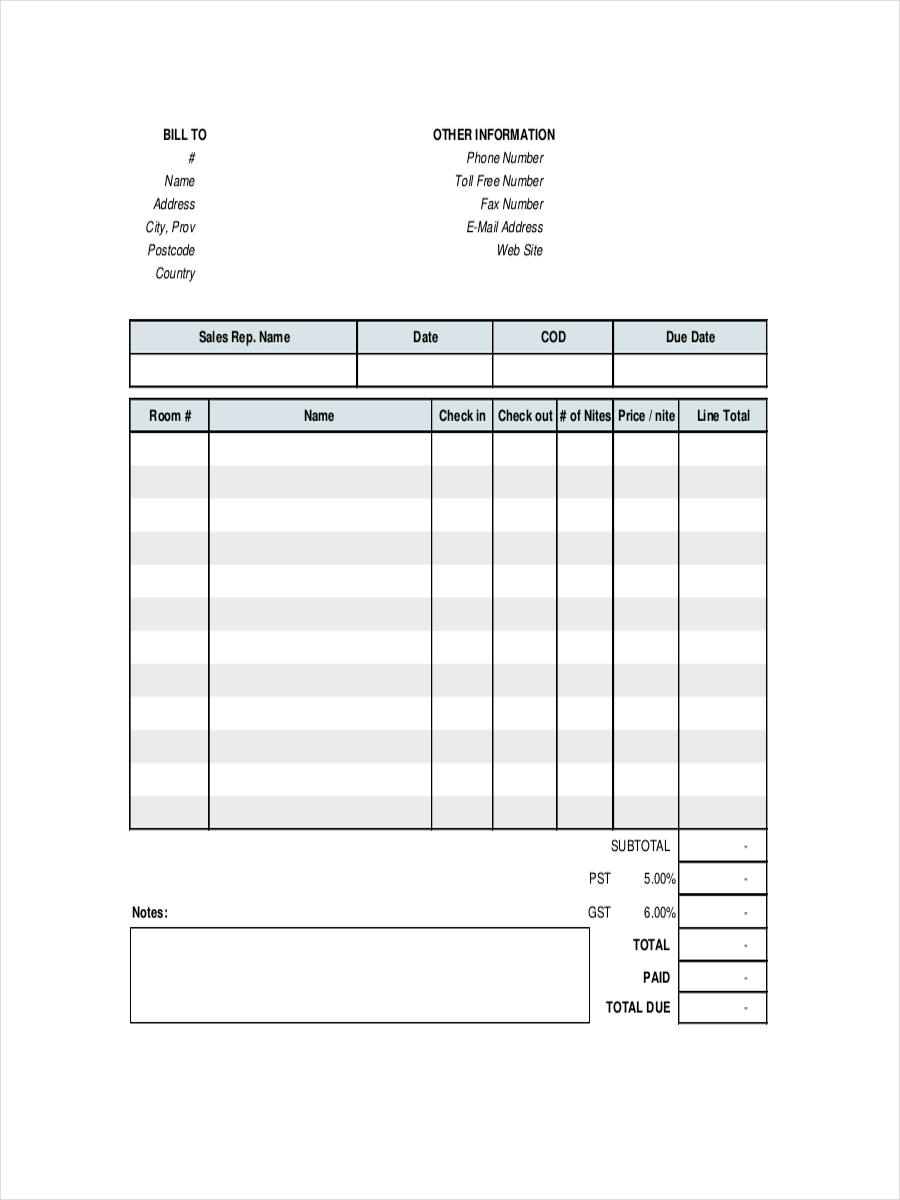









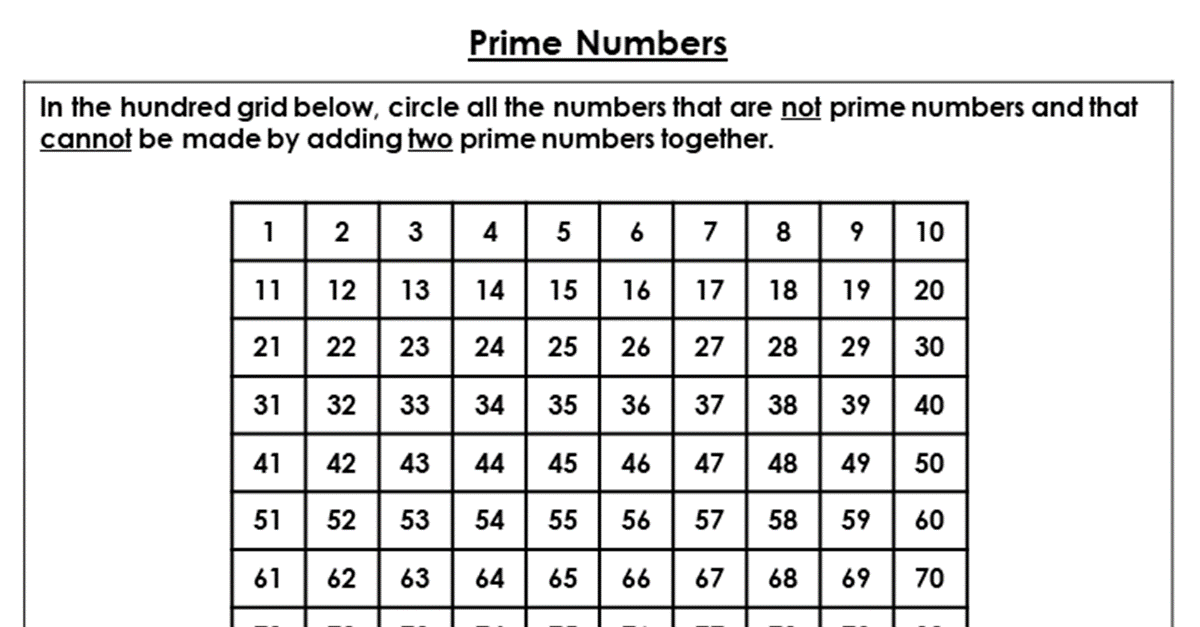
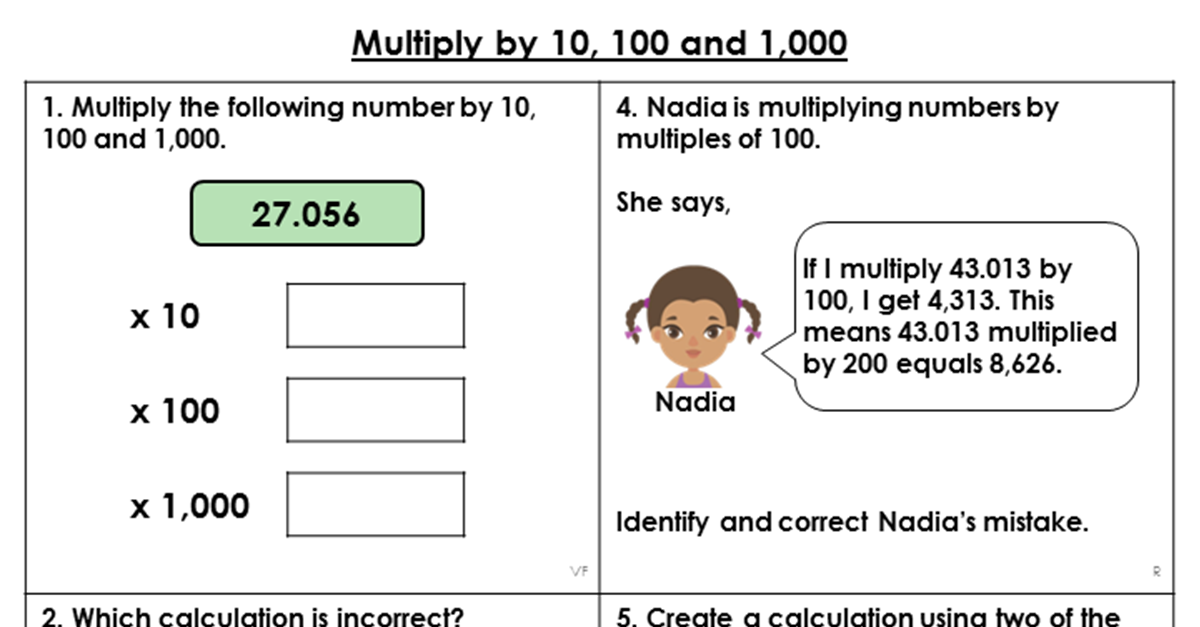
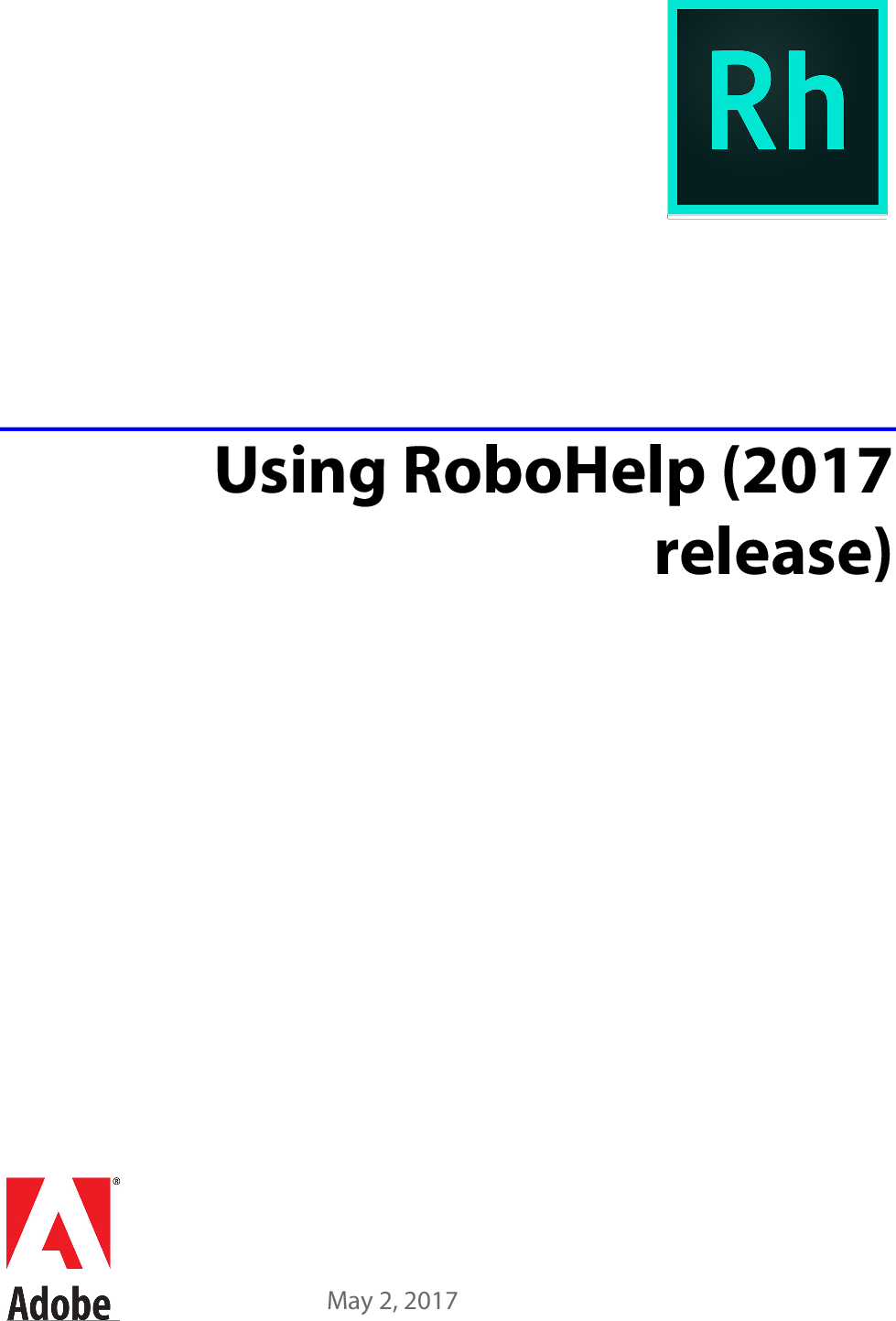
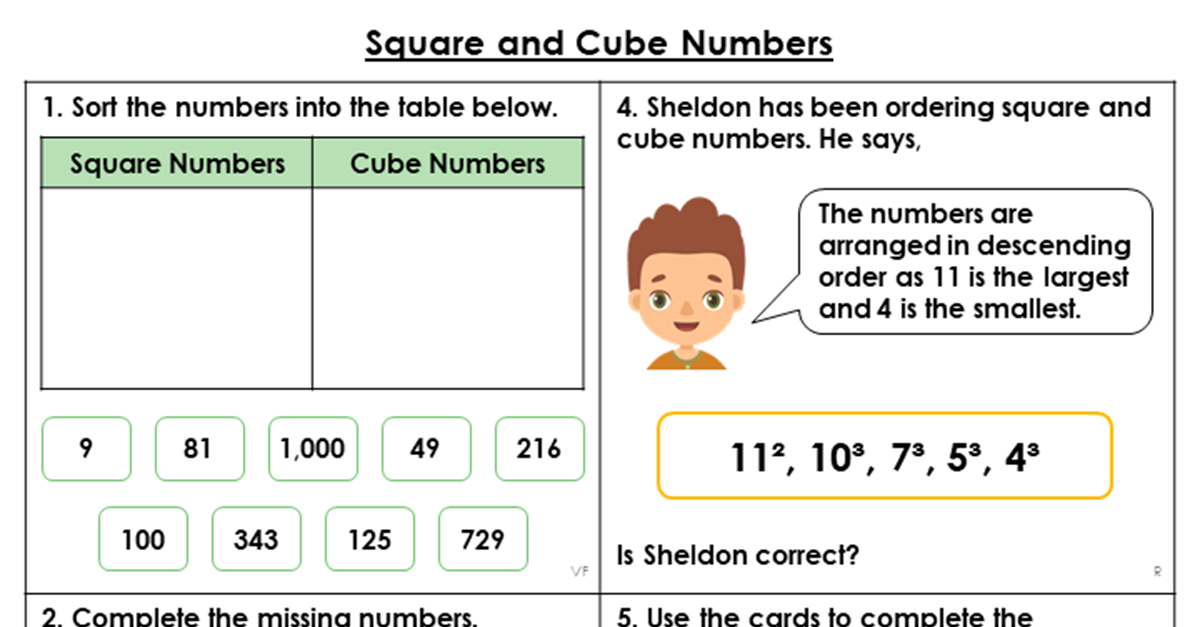





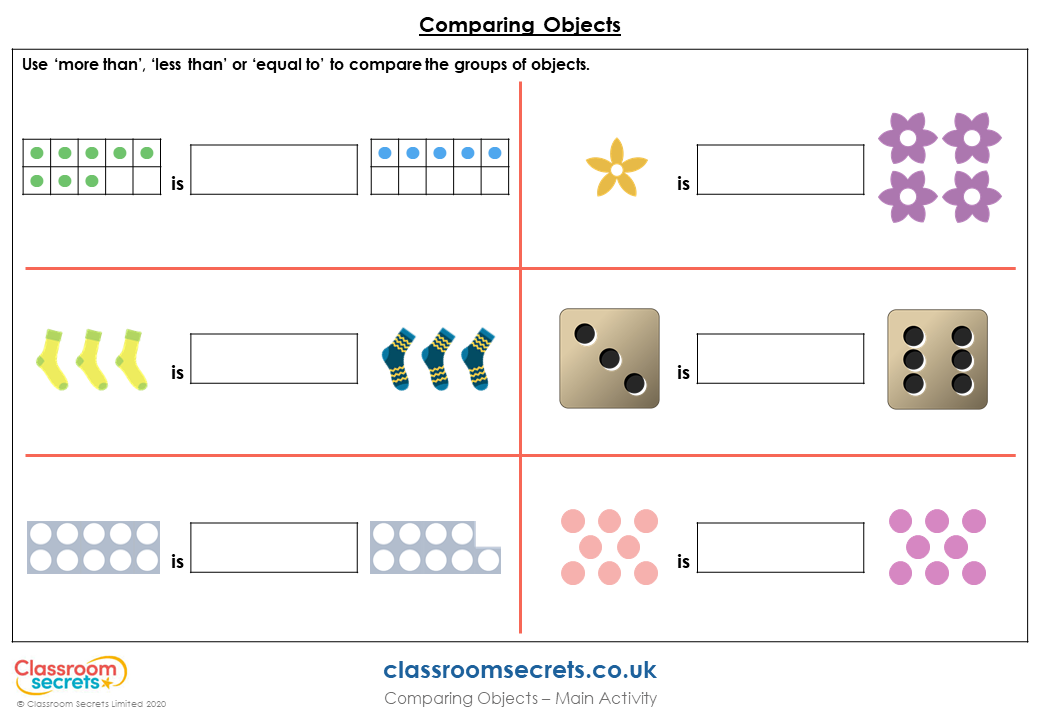



No comments:
Post a Comment
Note: Only a member of this blog may post a comment.